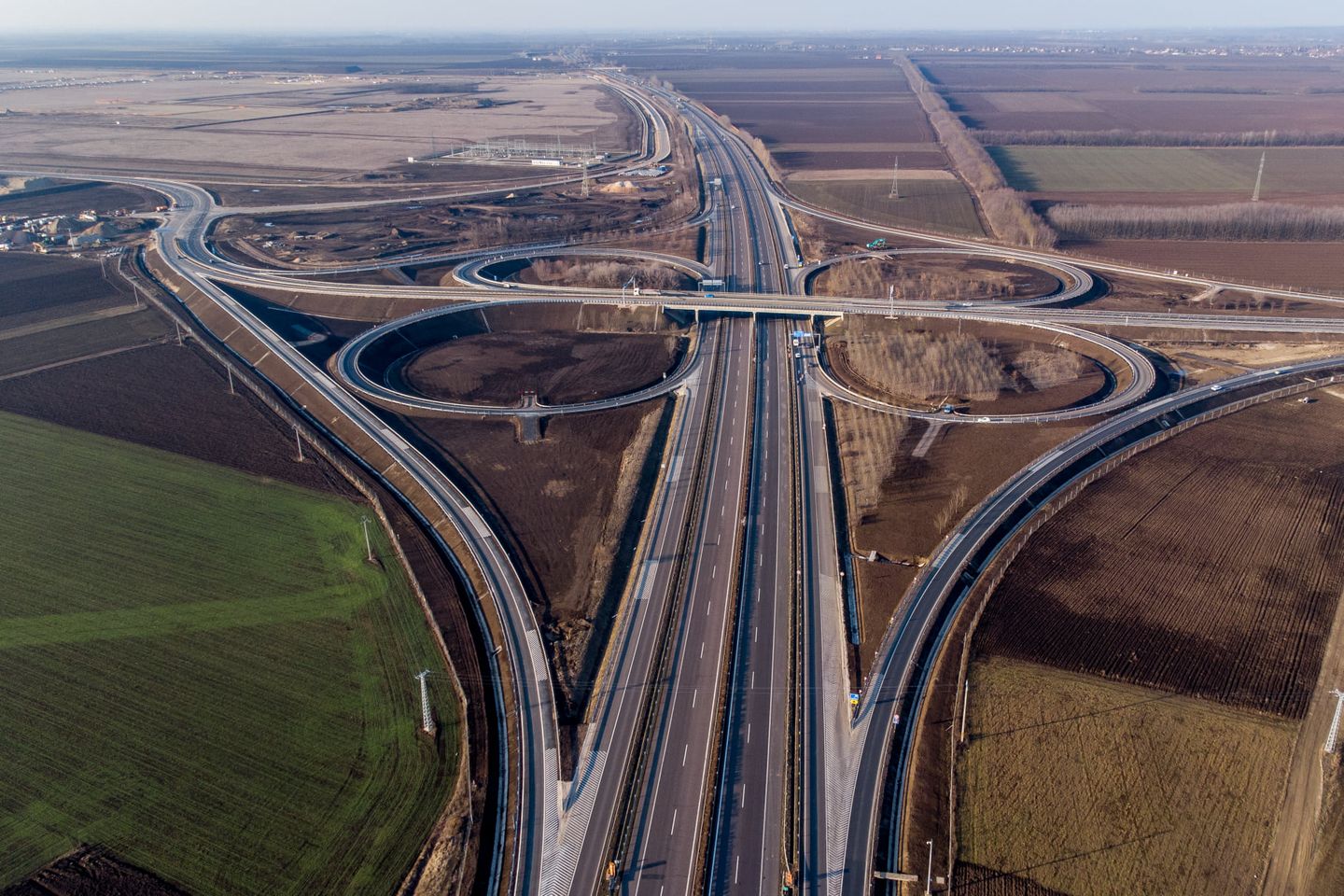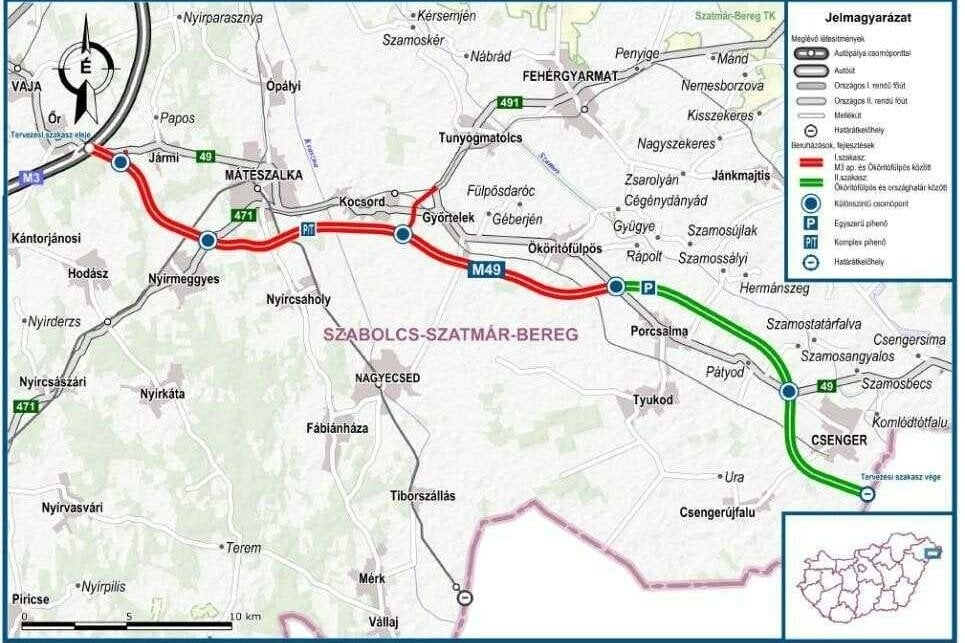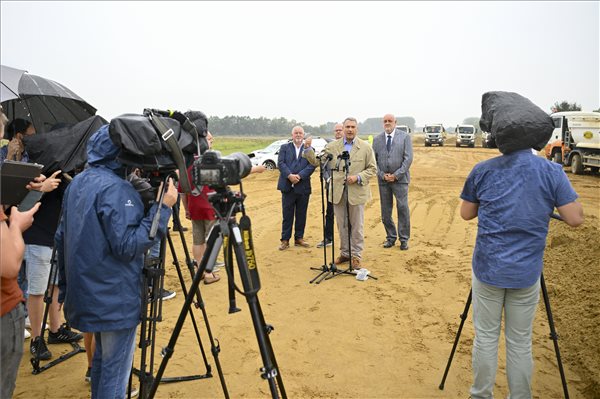Construction of the continuation of the M6 on the other side of the border of the missing five kilometer section, could begin as early as August.Continue reading

According to the cabinet’s plans, with the help of the Romanian government, a highway will connect Nyíregyháza (eastern Hungary) and Satu Mare (Szatmárnémeti, Romania) by the end of 2026, the Minister of Construction and Transport announced at a press conference on the M49 freeway under construction.
János Lázár said that in the Nyírmeggyes (Szabolcs-Szatmár-Bereg County) area, Duna Aszfalt has started construction of the first, 28-kilometer section of the highway, which will be built in two phases between the M3 freeway and the Hungarian-Romanian border, with an investment of about HUF 175 billion (EUR 460.4 million).
Following this, the second 17.5-kilometer motorway section will be built up to the Hungarian-Romanian border with an investment of HUF 150-160 billion (EUR 394.7-421 million),
the minister noted, adding that this will remove the obstacle to economic and social cooperation between the two regions.
Lázár recalled that Hungary has expanded 900 kilometers of highway network since 2010, at a cost of about HUF 3,200 billion (EUR 8.4 billion). Last summer, the continuation of these projects had to be stopped almost without exception, and state funds had to be reallocated for “strategic goals.”

Photo via Facebook/Kereskényi Gábor
The most important of these goals will be to take advantage of Hungary’s character as a “border region,”
he said, i.e., to play the role of a “bridge country” between European and Asian cultures on the border of two worlds, East and West, North and South, and therefore it is very important to connect the different regions of the Carpathian Basin, Lázár stressed.
He pointed out that the country’s largest highway investment in recent years was the construction of the Košice (Kassa, Slovakia)-Miskolc highway, and that the country would like to continue this program by connecting Nyíregyháza and Satu Mare (Szatmárnémeti, Romania), Nyíregyháza and Mukachevo (Munkács, Ukraine), Békéscsaba and Arad (Romania) by road, and Szeged and Subotica (Szabadka, Serbia) by rail, building the M6 motorway to the border and extending Main Road 6 towards Szigetvár.

János Lázár at the press conference. Photo via MTI/Czeglédi Zsolt
“We would also like to connect Győr and Dunajská Streda (Dunaszerdahely) with a highway, so we will have at least a dozen programs to connect nearby settlements inhabited by Hungarians by freeways and road networks,” the Minister explained.
The investment of the M49 motorway is important, as it will turn the Nyíregyháza-Debrecen-Miskolc triangle into a new economic zone based on the Győr model, mainly serving the automotive industry and make it easier for workers to get to their jobs,
he stressed.
The government approved the M49 project only in the fall of 2022, after stopping all other highway construction, Lázár noted, pointing out that negotiations were also underway to extend the M3 to the Hungarian-Ukrainian border and build the M34 to Záhony.
Work on the M49 is five percent complete, with the first section scheduled for completion in the fall of 2026, and the second in December 2026.
Gábor Kereskényi, Hungarian-speaking mayor of Satu Mare, acknowledged the importance of the construction of the M49 and said that the feasibility study for the 14-kilometer highway section between the border and the Satu Mare bypass on the Romanian side, as well as the archaeological excavations, have been completed, the technical design is under preparation, and the expropriation procedure has also been initiated.
Via MTI, Featured image via Facebook/Nemzeti Infrastruktúra Fejlesztő Zrt.